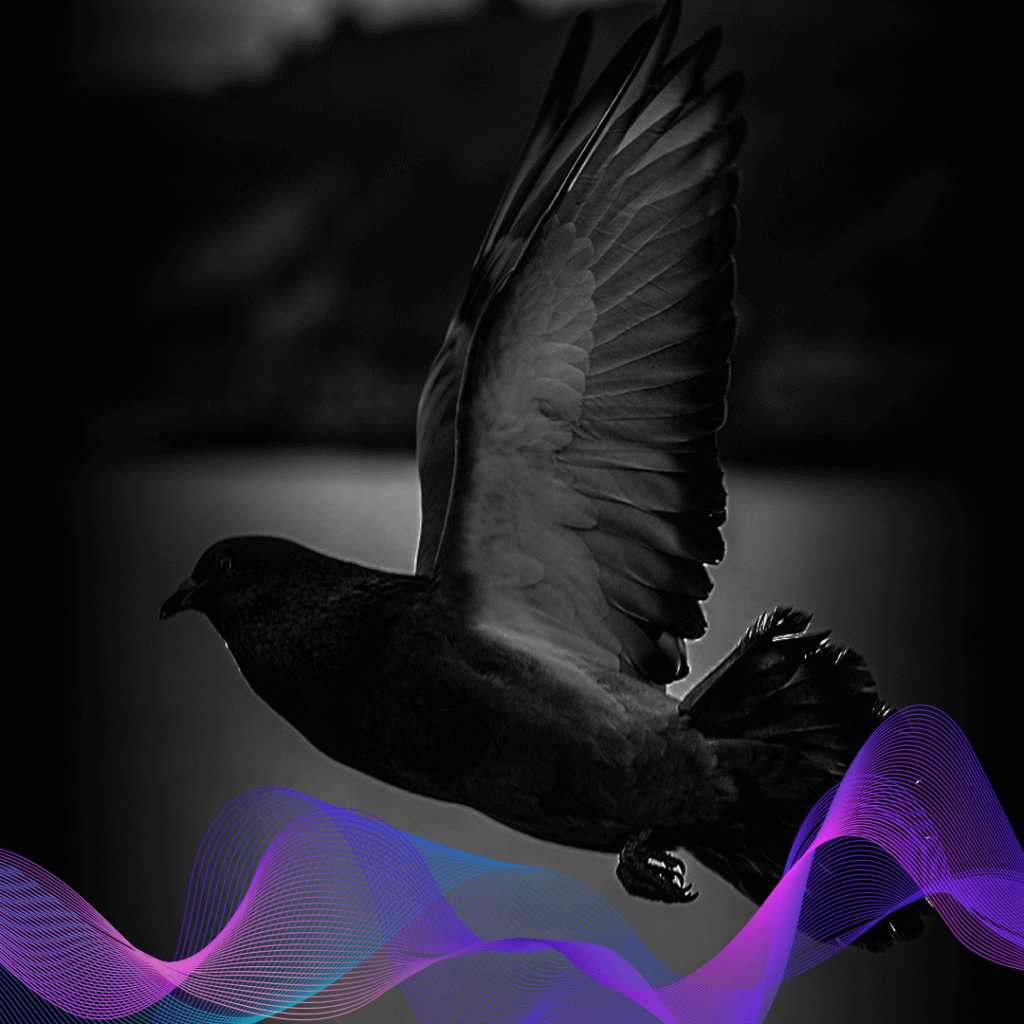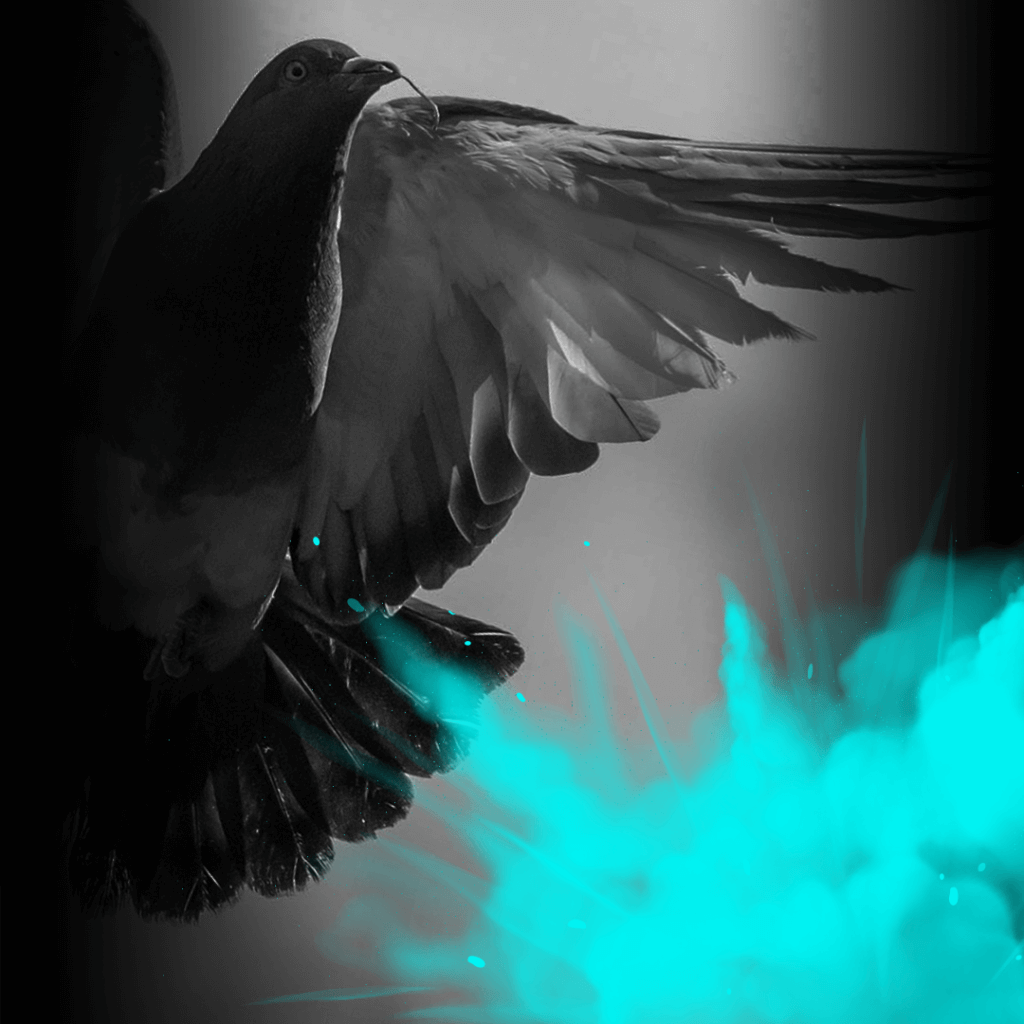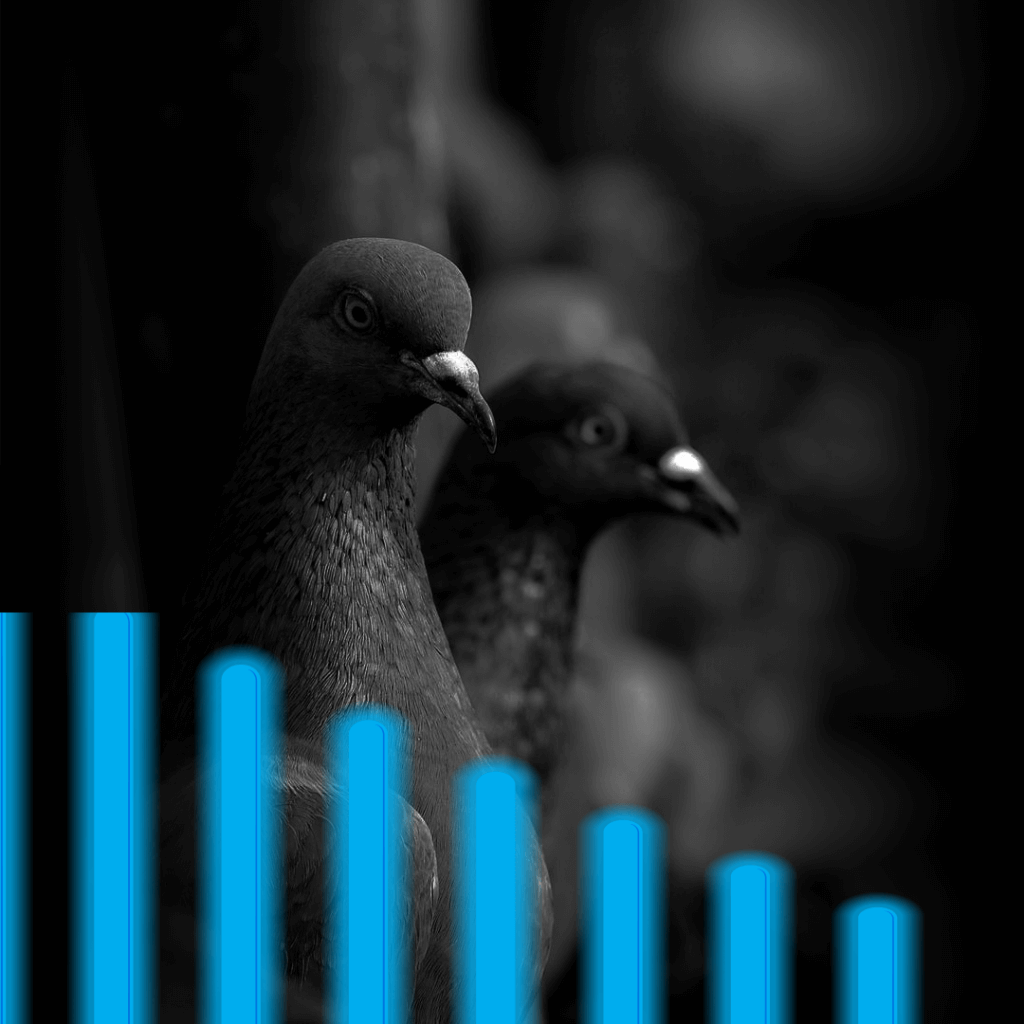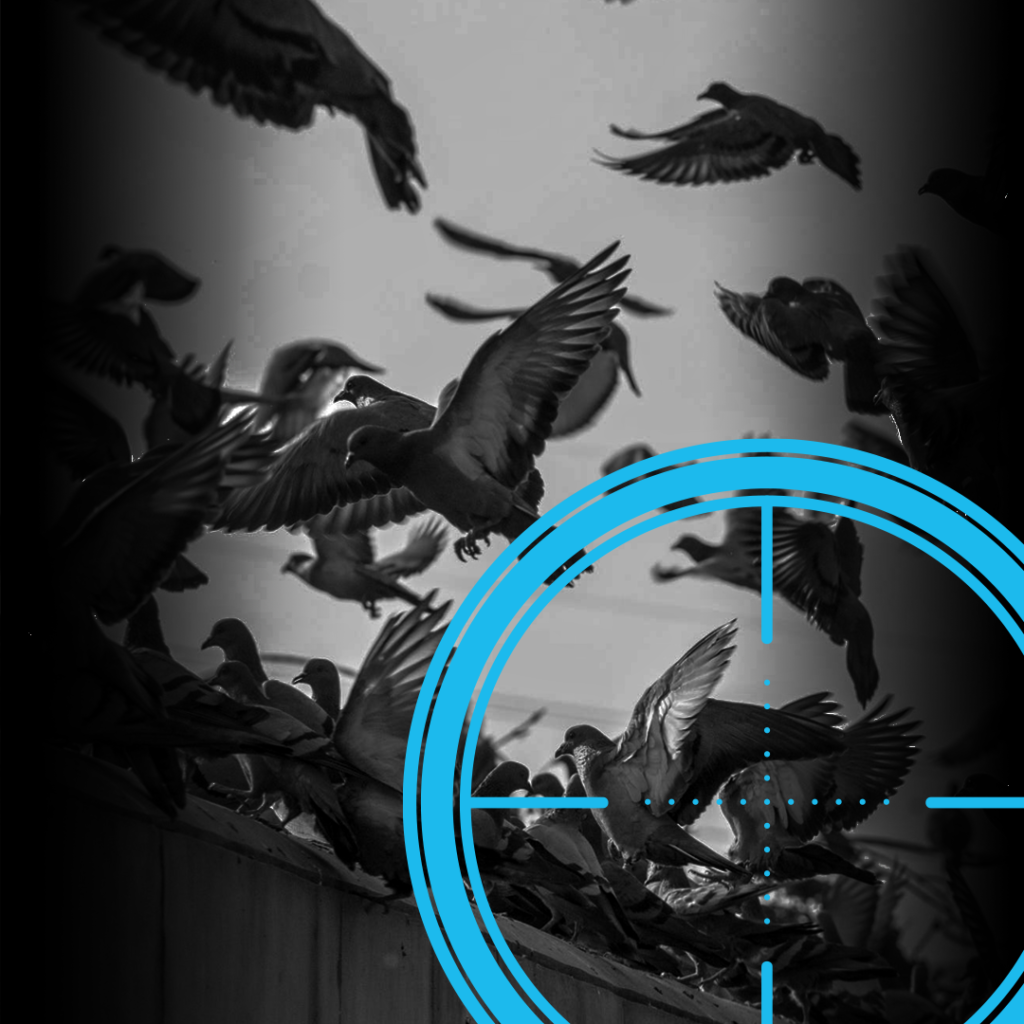A client’s perception of a bird dispersal program can be very different to what is actually involved and the elements that are included. The most common misconception of bird dispersal is that it can be achieved by just flying a bird, at Merlin we do not believe this to be the case. There are many different methods that are available for the dispersal of pest birds, and we have proved that one method on its own is just not robust enough but combine the methods in a full program of works, then the results speak for themselves.

At Merlin we have developed a full offering of dispersal that include the following methods-
Bioacoustics

Pyrotechnics

Lasers

Scare Kites

Trapping

Shooting

and of course, a live flying raptor…

The methodology behind the Merlin offering is the combination of deterrents. This works on various levels and can be utilised site and activity dependant. In all aspects of pest control no two sites are the same, and therefore cannot be treated as the same. What has been effective and successful on one site is not necessarily what is required on the next one. The level of control and method will always be determined by the Operative on the day of visit.
Our Bird Division vehicles are all fitted with bioacoustics systems, this allows this method of control to be totally mobile and positioned in areas of requirement. In addition to the built-in bioacoustics, we also have handheld units for those up close and personal times.
The vehicle will also have a full stock of pyrotechnics on board, these scare rockets are designed to scare the birds while in flight, but not to harm them. The rocket is set off close as possible to the flock without posing a risk to them. The volume of the rocket when exploding is a shock for the pest bird species.
It has been proven that lasers are a strong deterrent for pest bird species and used in the correct format can be an effective way to get the pest birds to move on from their roosting areas. Once this is done and they are in flight the other control methods can be utilised.
Scare Kites installed can be another deterrent to stop pest birds from either roosting or feeding in key areas. Once the birds have been moved on and the kites installed in combination with the other control methods this can help strengthen the areas control.
Cage trapping is another method of control that used correctly and in the correct area, can be an effective addition to reduce numbers. This needs to be carried out in line with the correct legislation and has to be visited the correct number of times every day. The pre-baiting of the cage traps is essential, as without this being carried out correctly the pest birds will not feel comfortable entering and exiting the traps. Its only after the pre-baiting has been completed that the traps are set to trap and then the reduction of numbers can begin.
Shooting has always been a control method when it comes to pest birds. This again needs to be carried out in the correct format with the correctly trained operative carrying out the work. Any operative that carries out shooting as part of their work must have been trained and certified to be competent and skilled with a firearm. This is another method that in conjunction with the other controls can be brought out as a quick and effective resolve.

The control method that everyone wants to see of course, is the Raptor. These birds are a fantastic spectacle to observe. Their size, grace and presence really are spectacular. To see a fully trained Raptor in action is such an experience, and many of our sites that we protect have put in requests for selfies with the birds. This is not an issue as education of these beautiful birds is equally as important as the work itself, but we always wait until after the work has been completed.
As with most other elements of pest control, when it comes to Raptor flights one size does not fit all. It is important to utilise the right Raptor for the right species of pest bird. Different Raptors have different skill sets and are used accordingly with the pest bird species that are looking to be controlled. The most common Raptor that is used currently is the Harris Hawk. This is due to their impressive size and presence and their ability to be trained for the purpose of their work quite easily. Depending on the species of pest bird that is being dispersed will have a direct impact on what Raptor is used. The smaller falcons are normally used for pigeons, this is due to their speed and agility and their ability to get above the flock. This causes the pigeons to become very nervous as the Raptor cannot be seen. With bolder pest birds, such as seagulls, the larger Harris Hawks would be used due to their size and presence. With the use of Raptors, it really is about how the prey species will perceive their threat and how real it is.
It is important to know that any fully trained Raptor, regardless of species, cannot be trained not to take the prey species that they are dispersing. This is just part of their natural DNA as a predator and occasionally a bird will be taken and eaten by the Raptor. As much as this is a rarity, it can happen, and any new client must be made aware of this. Any company that claims otherwise is simply wrong.

